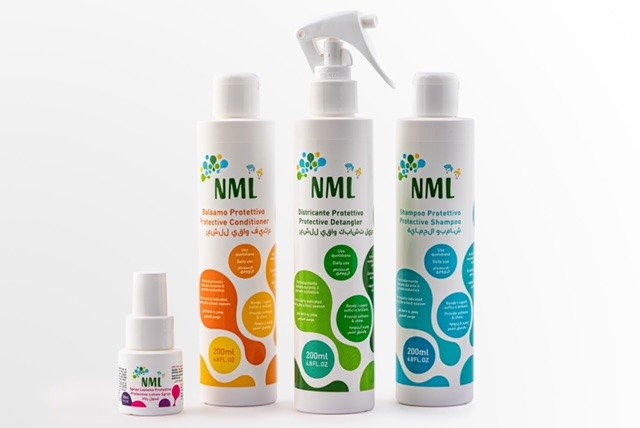Head lice, those tiny, wingless insects that infest the scalps of humans, are a common and persistent nuisance, especially among school-age children. While they may be small in size, the discomfort and inconvenience they cause can be substantial. To effectively address the issue, it’s crucial to understand the basics of head lice, from how they spread to the various treatment options available. Click here to buy the right head lice shampoo online.
What are head lice?
Head lice, scientifically known as Pediculus humanus capitis, are small parasitic insects that live on the scalp and feed on human blood. They are adapted for life on the human head, where they can grip onto hair shafts and use their specialized mouthparts to feed on tiny amounts of blood.
How do they spread?
Head lice are highly contagious and are typically spread through direct head-to-head contact. This is why they are often found among children, who are more likely to engage in close activities, like playing and huddling together. However, it’s not limited to children; anyone can get head lice.
Common myths about head lice
There are several misconceptions about head lice, which can lead to unnecessary panic and stigmatization. It’s important to dispel these myths:
Lice don’t discriminate: Lice infestations can affect people from all walks of life, regardless of their personal hygiene or socio-economic status.
They can’t jump or fly: Lice do not have wings, and they cannot jump or fly. They move by crawling and grabbing onto hair strands.
Cleanliness doesn’t prevent lice: Lice are attracted to blood, not dirty hair. Having clean hair won’t protect you from an infestation.
Symptoms of head lice:
- Itching: The most common and irritating symptom is itching on the scalp, neck, and behind the ears.
- Tickling sensation: Some people report feeling a tickling or crawling sensation on their scalp.
- Sores and irritation: Scratching the itchy areas can lead to sores or skin irritation.
Understanding the basics of head lice is the first step in managing and preventing infestations. By knowing how lice spread, recognizing common symptoms, and being aware of treatment options, you can tackle these tiny pests effectively and mitigate their impact on your daily life.



